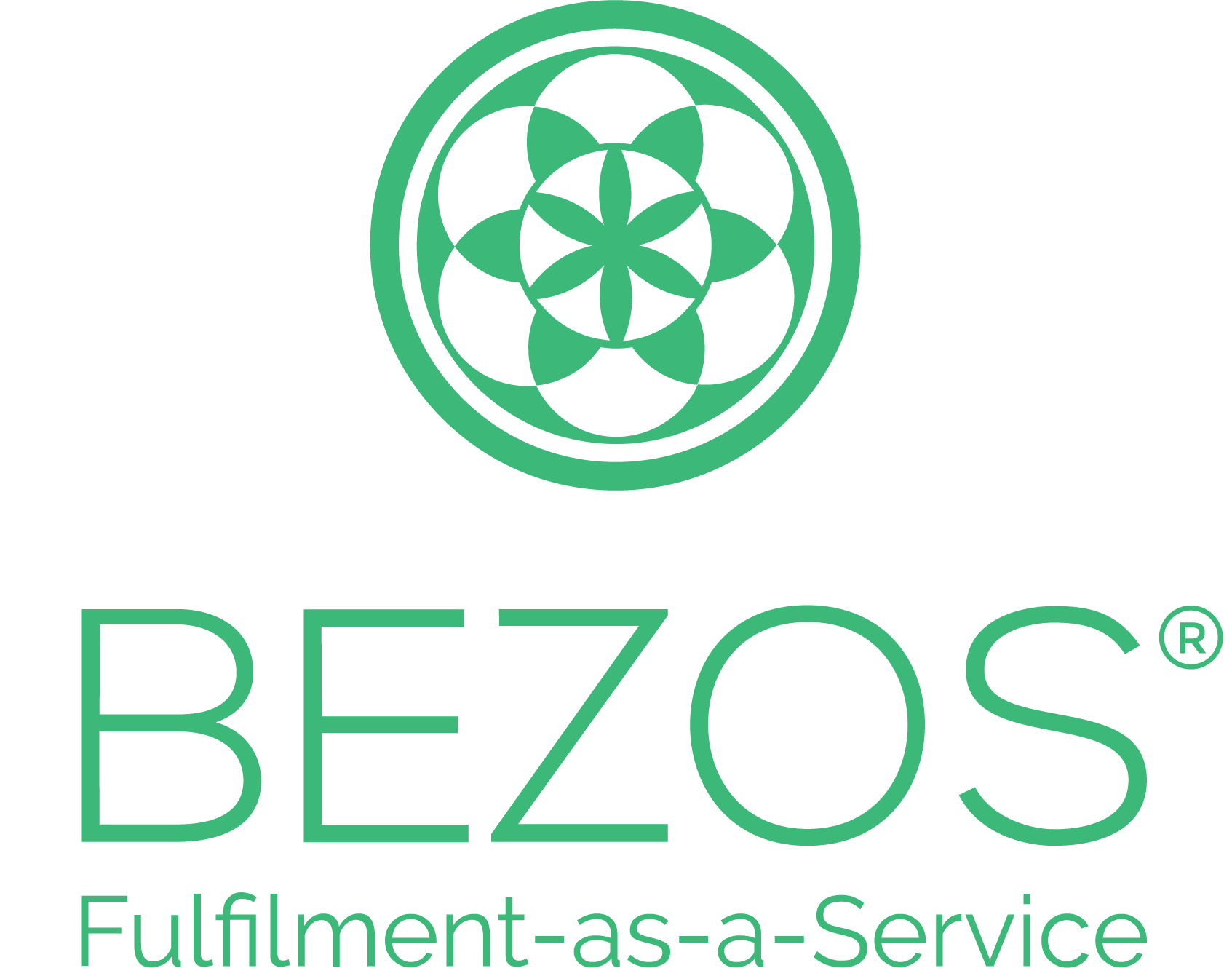Explore Enterprise Investment Scheme relief with IW Capital. Invest in UK businesses whilst enjoying valuable tax benefits. Learn more about EIS today.
IW Capital
We’re ready to invest in exceptional potential.
At IW Capital, we back ambitious founders who are building brilliant businesses.
Powered by deep experience and trusted by our investors to generate strong returns, we provide more than capital – we deliver the connections and commitment needed to accelerate growth for companies built to lead.
Seeking funding
IW Capital
We deploy capital with pace and purpose because agility and momentum matter.
IW Connect
We focus on creating long-term relationships and leverage our powerful network to connect you to the right people at the right time.
IW Catalyst
We fuel your impact with dedicated teams in growth marketing, PR and public affairs.

Since partnering with IW Capital, Daily Dose has been able to set up a new state-of-the-art production facility, which has allowed us to increase our automation and efficiency. We grew the business by 50% within the first 12 months of our partnership.
George Hughes-Davies, Founder of Daily Dose
Our Portfolio

Our team
Meet the experts
IW Capital is driven by the collective expertise of our team. With decades of cross-sector experience, we source and invest into visionary companies that are setting the bar for how things are done in their industries.
Recent news

Reconome secures partnership with Cellnex UK
READ MORE
Strolll rolls out neurorehabilitation at Northumbria NHS Foundation Trust
READ MORE
IW Capital hosts investor evening at Sea Containers to celebrate a standout year of growth
READ MORE
MAGIC AI featured in T3 Magazine as a leading smart-home fitness solution
READ MORERisk Warning
Don’t invest unless you’re prepared to lose money. This is a high-risk investment. You may not be able to access your money easily and are unlikely to be protected if something goes wrong. Take 2 minutes to learn more.









